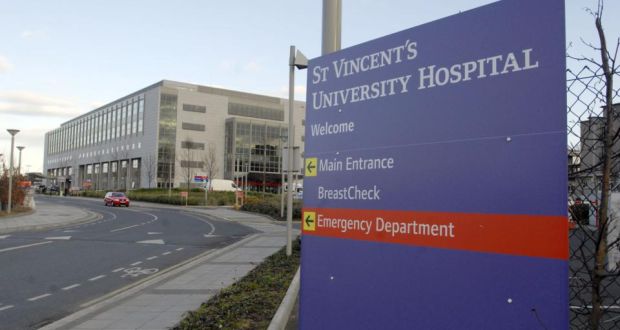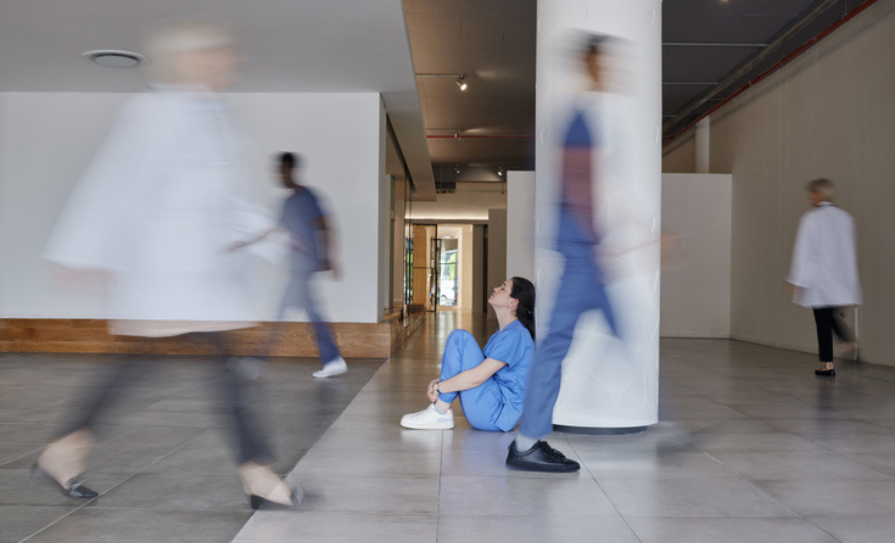The infrastructure of emergency departments (EDs) must be upgraded to allow social distancing for staff and patients, and the isolation of those with infectious disease, according to the Irish Association for Emergency Medicine (IAEM).
The IAEM stated that EDs cannot be allowed to become reservoirs of nosocomial infection for patients
Staffing in EDs must be adequate to compensate for the extra time required in certain patient encounters in safely putting on and taking off personal protective equipment (PPE).
“There must be rapid access to the supports necessary (e.g. diagnostics) for rapid and effective decision making so that patients spend as short a time as possible in the ED,” according to the Association.
The IAEM also stated that EDs cannot be allowed to become crowded again.
“Unoccupied beds must be always available so that once a decision is made that a patient needs to be admitted to a hospital bed,” according to the Association.
“This can occur immediately. There must be adequate isolation areas on wards so that patients are not kept in the ED simply because of infection control concerns – this is completely unacceptable.
The HSE key performance indicator, patient experience time (PET), sets a standard that 95 per cent of patients should spend less than six hours in the ED from arrival to departure, either by being discharged or admitted to a hospital bed.
The IAEM also said that pathways to treat patients outside the hospital setting should be consolidated and significantly enhanced.
“The risk of nosocomial infection will always be greater in the congregated setting of the acute hospital than in more dispersed community settings,” according to the Association.
“This is particularly the case in the ED, which sees undifferentiated patients in whom the diagnosis may not be clear. Large numbers of patients must not be expected to gather in ED waiting rooms with long delays to see a clinician.
The Association re-emphasised the need for patients with severe illness or injury to feel safe in attending an ED.
Finally, the Association wished to thank all of those who work in healthcare for their efforts during the Covid-19 pandemic.
“We also remember all those who have died during this difficult time, both healthcare providers and patients alike.”













Leave a Reply
You must be logged in to post a comment.